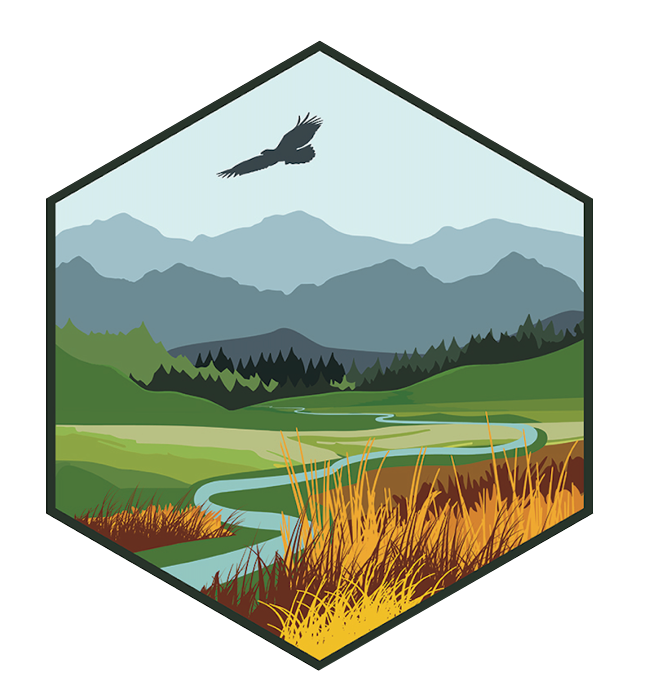A workshop was conducted to gain insight into climate change impacts and climate-informed management actions of relevance to a habitat management plan in the North Central region. A pre-workshop and post-workshop survey were conducted.
Upcoming ITEP Film Screening and Panel Discussion (Tuesday, June 1): Inhabitants - An Indigenous Perspective
We hope the shift into spring is bringing each of you so much wellness. Please join the Institute for Tribal Environmental Professionals and the Desert Research Institute for an upcoming film screening and panel discussion, featuring the documentary, Inhabitants: An Indigenous Perspective.
Read the May Edition of the Tribal Climate Newsletter
Read the May 2021 Edition of the Tribal Climate Newsletter.
New Paper Published on Drought in the Upper Missouri Headwaters
A new paper was recently published in the Journal of Weather, Climate, and Society, "Integrating Ecological Impacts: Perspectives on Drought in the Upper Missouri Headwaters, Montana, United States."
Upcoming GWC Webinar Featuring Deb Haaland and Joe Neguse
The Getches-Wilkinson Center at CU Law is hosting the webinar, "Land, Water, and People: The Natural Resource Priorities of the Biden Administration," on May 13th from 5:00-6:15pm MDT as part of their webinar series, "The Climate Justice Lens is Here to Stay."
Join us in welcoming our new summer graduate research assistants!
The NC CASC is proud to announce our four new summer graduate research assistants, who will be helping NC CASC researchers with summer projects.
Contact Us
Want to see more? Do you have feedback? Was this site helpful? Send us an email!

